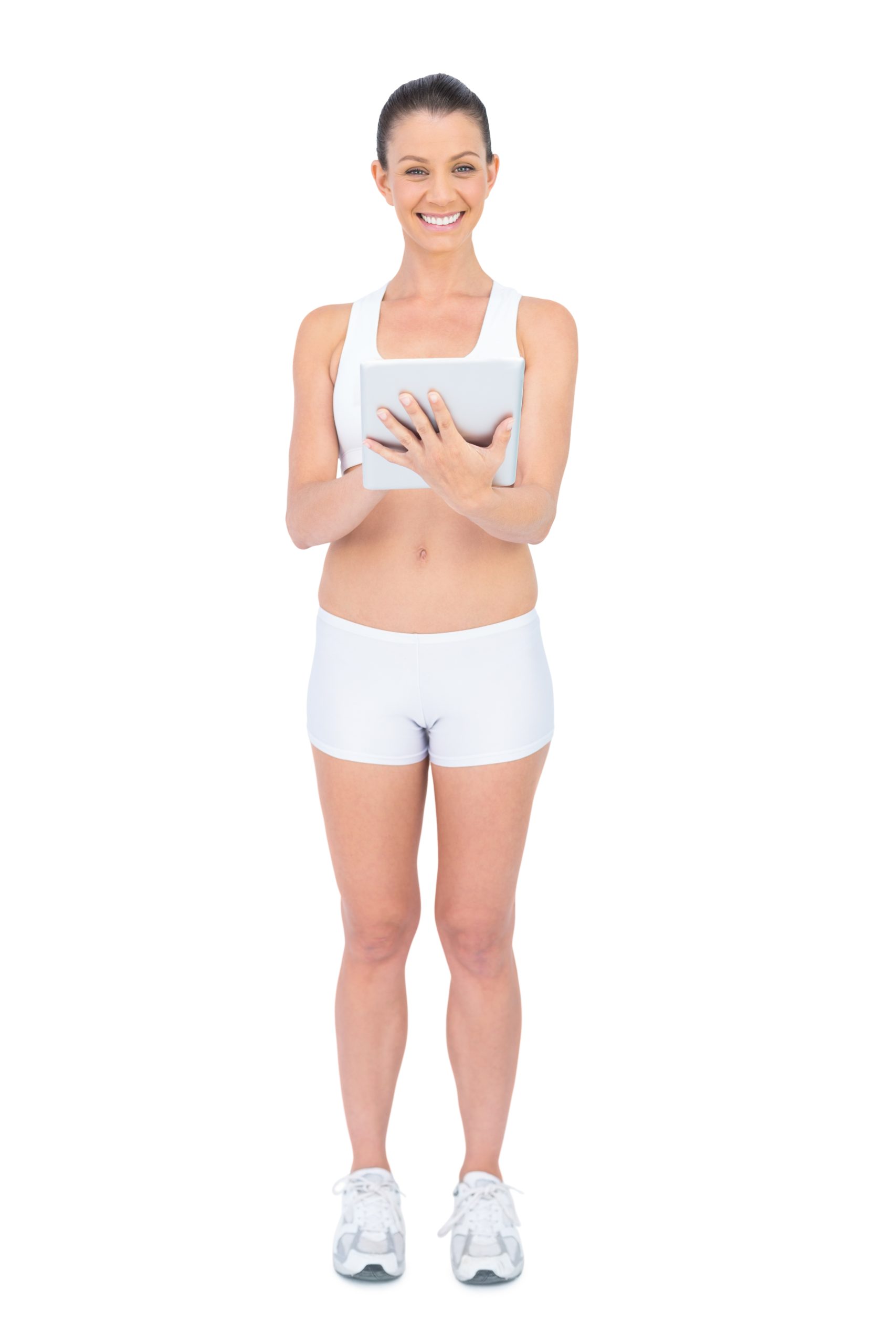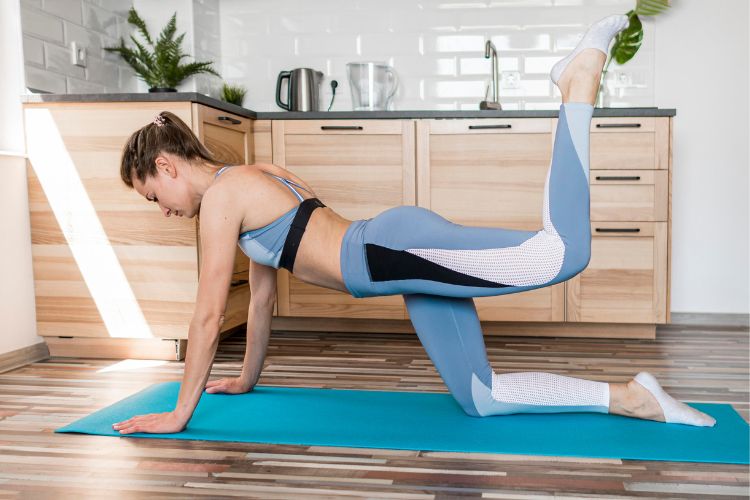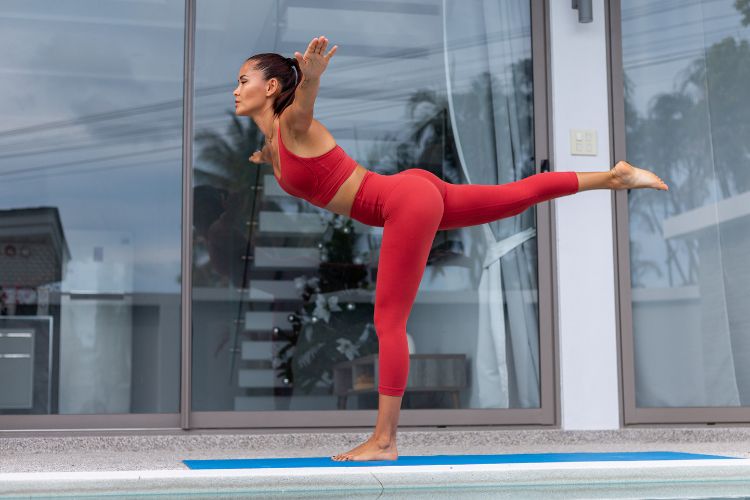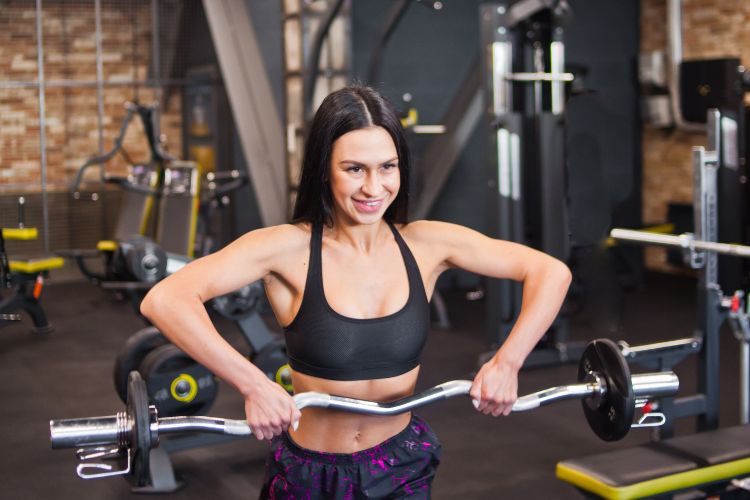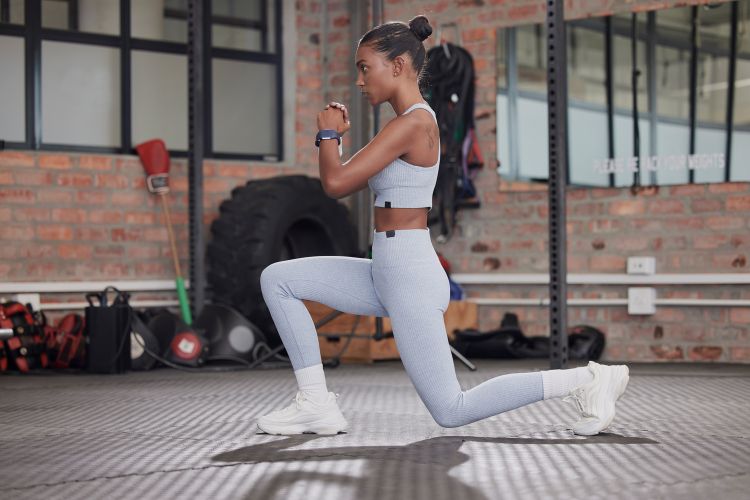Lower Body Workouts For Strengthen Sculpt And Empower
Lower body workouts are a cornerstone of any fitness routine, especially for women aiming to build strength, improve mobility, and enhance overall health. The lower body comprises some of the largest and most powerful muscle groups in the body, including the glutes, quadriceps, hamstrings, and calves. Training these muscles effectively can not only improve physical performance but also promote fat loss, enhance bone density, and contribute to functional fitness.
In this guide, we’ll delve into effective lower body exercises, structured workouts, and key benefits, helping you design a routine that meets your fitness goals.
Why Lower Body Workouts Matter
Strength and Functionality
Lower body strength is essential for everyday activities such as walking, climbing stairs, and lifting objects. A strong lower body also improves balance and stability, reducing the risk of falls and injuries.
Aesthetic Benefits
Targeting lower body muscles can help tone and sculpt the legs, hips, and glutes, creating a balanced and proportionate physique.
Since the lower body muscles are large, training them effectively burns more calories, aiding in weight management and fat loss.
Lower body strength enhances athletic abilities, from running and jumping to cycling and swimming. It’s a key component for sports and recreational activities.
Key Lower Body Muscles to Target
- Glutes: Comprising the gluteus maximus, medius, and minimus, these muscles are the powerhouse of the lower body.
- Quadriceps: Located on the front of the thighs, these muscles are essential for knee extension.
- Hamstrings: Found on the back of the thighs, they aid in knee flexion and hip extension.
- Calves: Responsible for ankle movements, the calves stabilize and propel the body during activities like walking and running.
Best Lower Body Workout Exercises for Women
1. Squats
Squats are a foundational exercise that targets the glutes, quadriceps, hamstrings, and core.
- How to Perform: Stand with feet shoulder-width apart. Lower your hips back and down as if sitting into a chair. Keep your chest upright and knees tracking over toes. Push through your heels to return to standing.
- Variations: Goblet squats, sumo squats, Bulgarian split squats.
2. Deadlifts
Deadlifts build strength in the glutes, hamstrings, and lower back.
- How to Perform: Stand with feet hip-width apart, holding a weight in front of your thighs. Hinge at your hips to lower the weight while keeping your back flat. Return to standing by driving through your hips.
- Variations: Romanian deadlifts, single-leg deadlifts.
3. Lunges
Lunges are excellent for unilateral strength and balance.
- How to Perform: Step one foot forward and lower your back knee toward the ground, forming two 90-degree angles. Push through the front heel to return to standing.
- Variations: Reverse lunges, lateral lunges, curtsy lunges.
4. Glute Bridges Lower Body Workout
Glute bridges isolate the glutes and improve hip mobility.
- How to Perform: Lie on your back with knees bent and feet flat. Drive through your heels to lift your hips, squeezing the glutes at the top. Lower slowly.
- Variations: Single-leg glute bridges, weighted hip thrusts.
5. Step-Ups
Step-ups mimic natural movement patterns and enhance functional strength.
- How to Perform: Stand in front of a sturdy platform or bench. Step one foot onto the platform and drive through the heel to lift your body up. Lower with control.
- Variations: Weighted step-ups, lateral step-ups.
6. Calf Raises
Calf raises strengthen the lower legs and improve ankle stability.
- How to Perform: Stand with feet hip-width apart. Raise your heels off the ground, balancing on the balls of your feet. Lower slowly.
- Variations: Single-leg calf raises, weighted calf raises.
Sample Lower Body Workout Routine
Beginner-Friendly Routine
- Warm-Up: 5 minutes of dynamic stretches (leg swings, walking lunges).
- Bodyweight Squats: 3 sets of 12 reps.
- Glute Bridges: 3 sets of 10-12 reps.
- Step-Ups: 3 sets of 10 reps per leg.
- Calf Raises: 3 sets of 15 reps.
- Cool-Down: Static stretches for hamstrings, quads, and calves.
Intermediate Routine
- Warm-Up: 5 minutes of light cardio and dynamic stretches.
- Goblet Squats: 4 sets of 10-12 reps.
- Romanian Deadlifts: 4 sets of 10 reps.
- Walking Lunges: 3 sets of 12 steps per leg.
- Hip Thrusts: 4 sets of 12 reps.
- Single-Leg Calf Raises: 3 sets of 10-12 reps per leg.
- Cool-Down: Foam rolling and stretching.
Advanced Routine
- Warm-Up: 10 minutes of dynamic drills and mobility work.
- Barbell Back Squats: 5 sets of 8-10 reps.
- Deadlifts: 4 sets of 6-8 reps.
- Bulgarian Split Squats: 3 sets of 10 reps per leg.
- Weighted Step-Ups: 4 sets of 10 reps per leg.
- Hip Thrusts with Bands: 4 sets of 12 reps.
- Cool-Down: Deep stretching and yoga poses.
Tips for Effective Lower Body Workout Training
1. Focus on Form
Proper technique prevents injuries and ensures that the target muscles are effectively engaged. Use a mirror or seek guidance from a trainer if needed.
2. Progressive Overload
Gradually increase the weight or intensity to challenge your muscles and promote growth. Track your progress to stay motivated.
3. Prioritize Recovery
Allow at least 48 hours between intense lower body sessions. Incorporate rest days and active recovery to avoid overtraining.
4. Combine Strength and Cardio
Pairing strength exercises with cardio activities like cycling or running can improve endurance and burn additional calories.
5. Incorporate Mobility Work For Lower Body Workouts
Stretching and foam rolling enhance flexibility and prevent stiffness, ensuring long-term lower body health.
Common Mistakes to Avoid
- Neglecting Warm-Ups: Skipping a warm-up increases the risk of injury and reduces performance.
- Overtraining: Training the lower body excessively without rest can lead to fatigue and diminished results.
- Using Improper Weight: Lifting too much or too little can hinder progress. Start light and gradually increase.
- Ignoring Core Engagement: A strong core supports proper form and reduces strain on the back during lower body exercises.
The Role of Nutrition in Lower Body Workout Training
Nutrition is a critical component of fitness. To maximize lower body training:
- Fuel Your Workouts: Eat a balanced meal with protein and complex carbs before exercise.
- Focus on Protein: Protein supports muscle repair and growth. Include lean meats, eggs, beans, or protein shakes.
- Stay Hydrated: Proper hydration aids performance and recovery.
- Refuel Post-Workout: Replenish glycogen stores with a combination of protein and carbs within 30-60 minutes after training.
Tracking Progress
Consistency and progress tracking are vital for achieving your fitness goals. Use a workout journal or fitness app to record:
- Exercises performed
- Sets, reps, and weights used
- How you felt during the workout
- Weekly improvements and milestones
Lower body workouts for women are not just about aesthetics but also about building strength, confidence, and functional fitness. Whether you’re a beginner or an advanced lifter, incorporating the right exercises and techniques can help you achieve your goals while promoting long-term health.
Commit to a well-rounded routine, stay consistent, and celebrate your progress along the way. With dedication and the right mindset, you can empower yourself through effective lower body training.
Most Recommended
